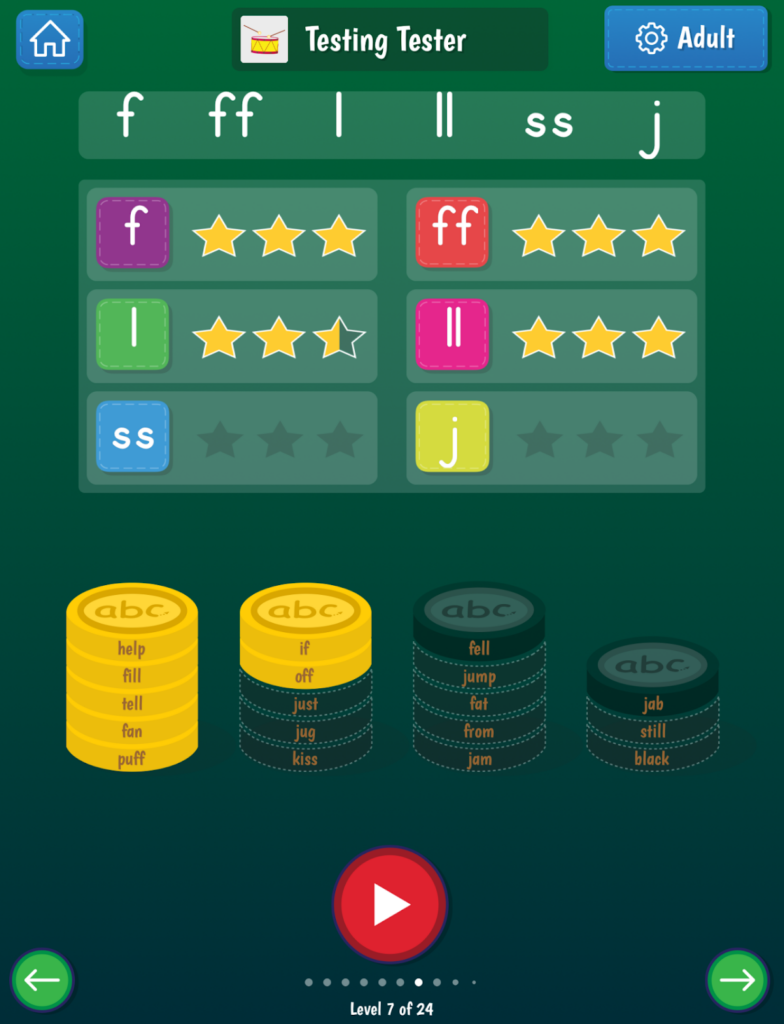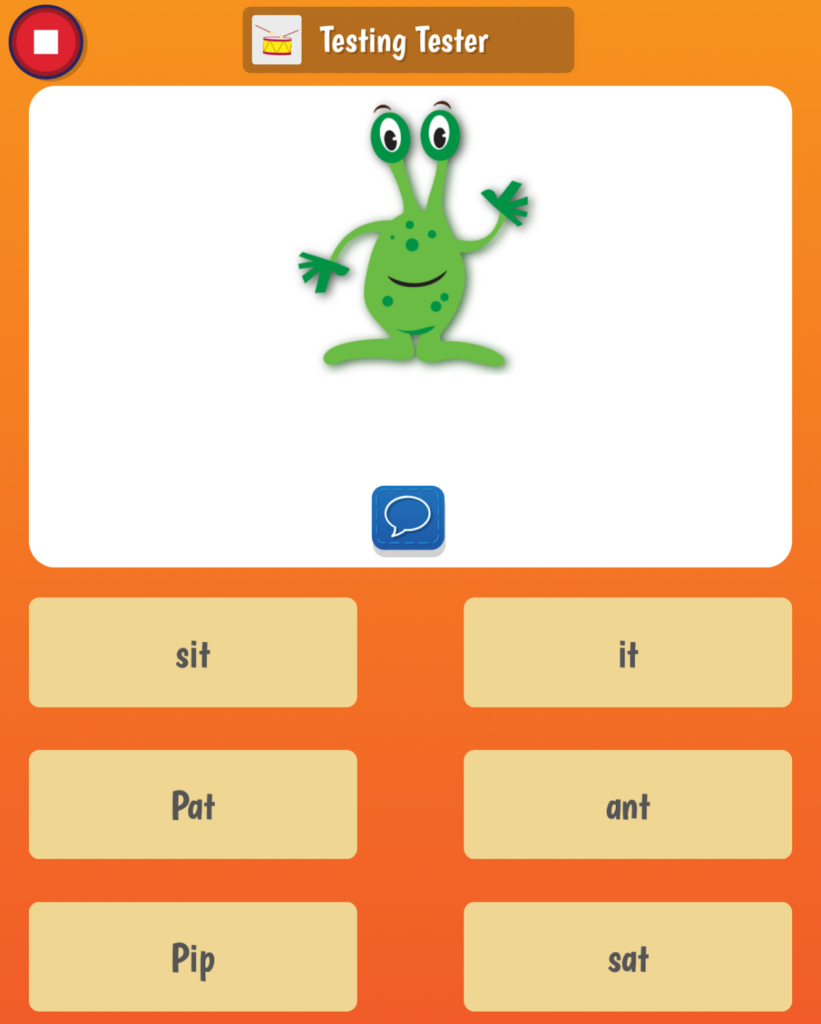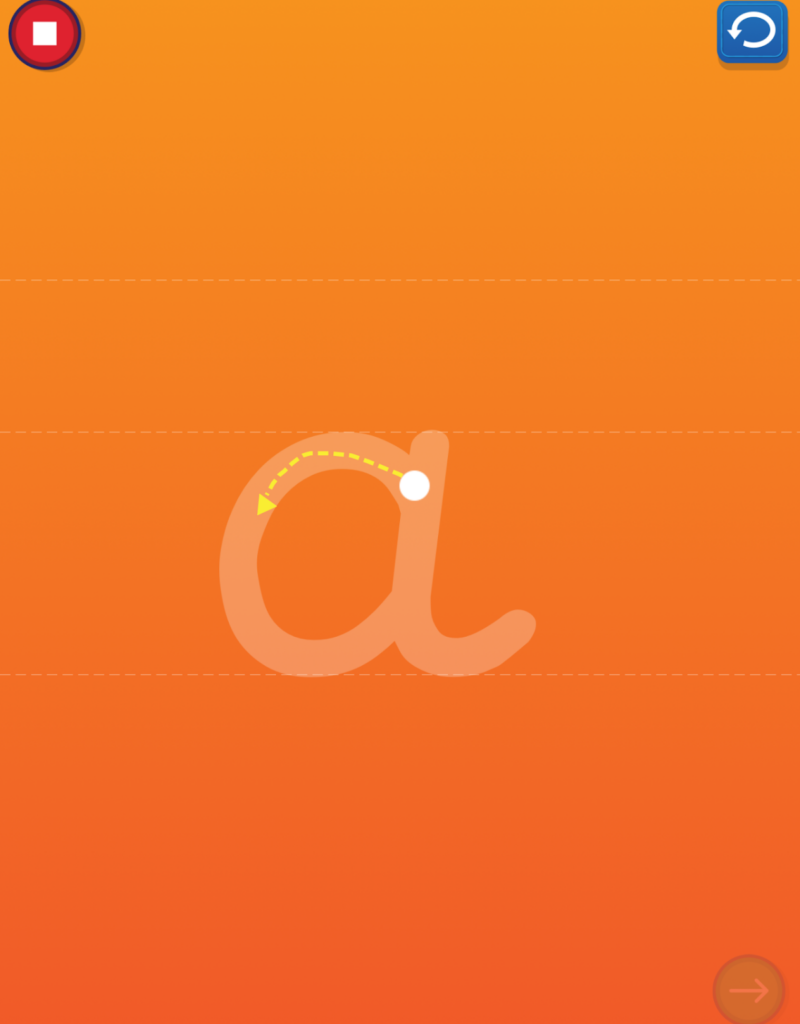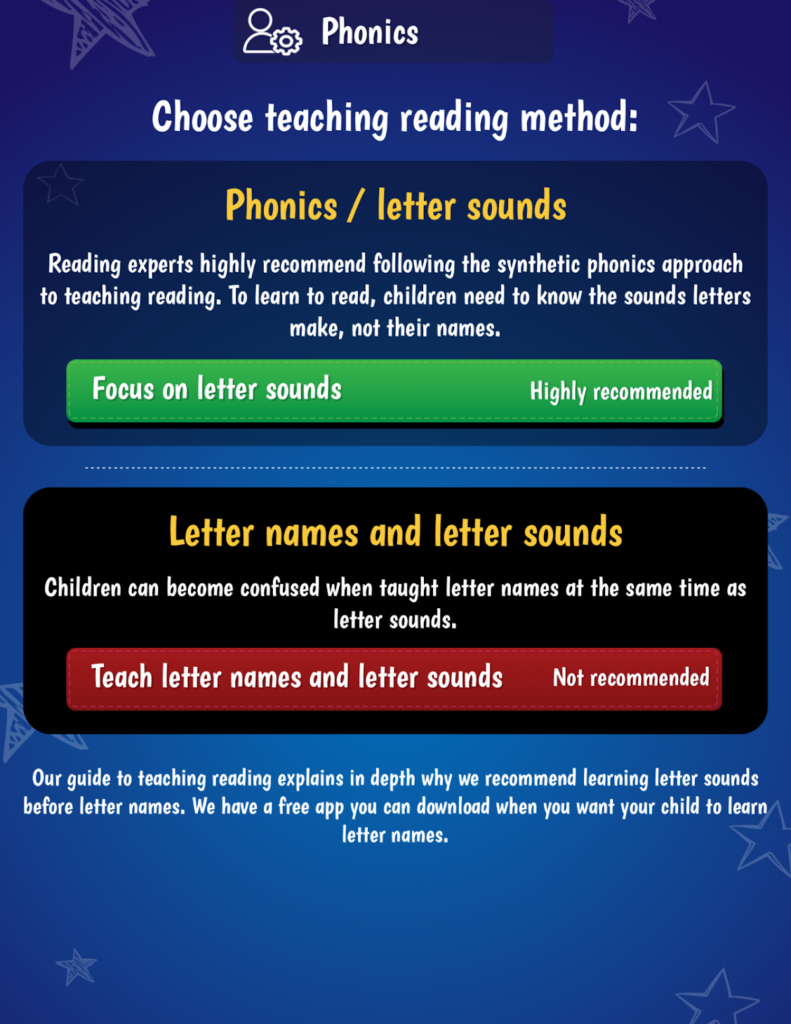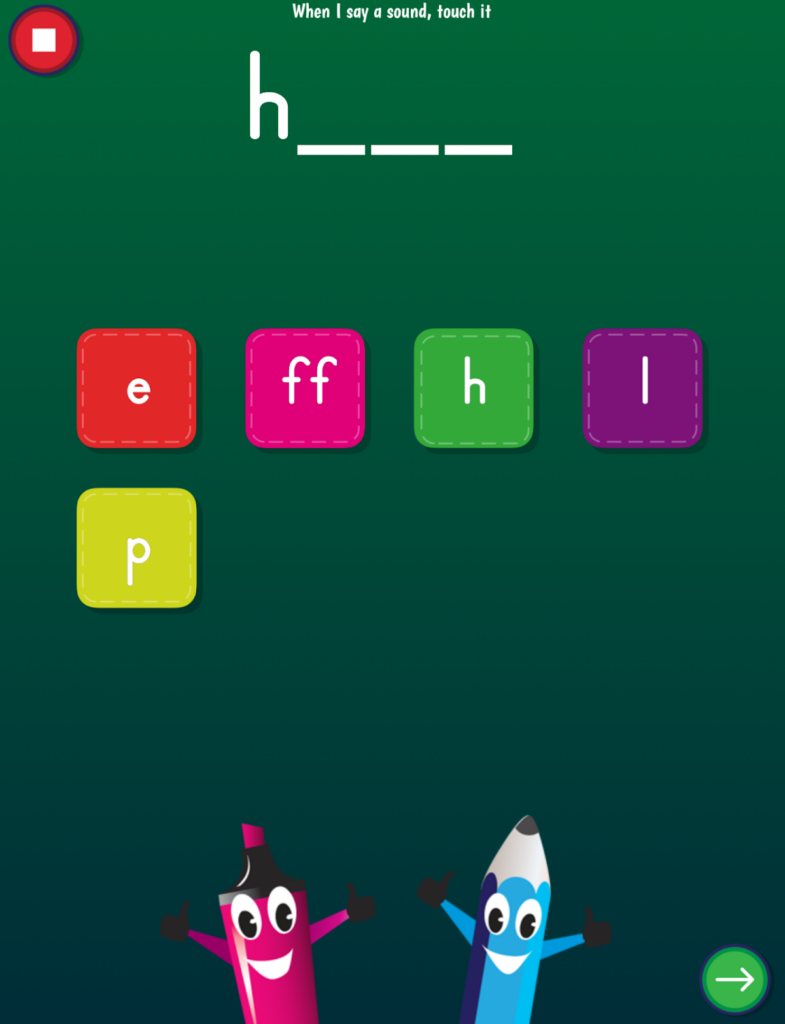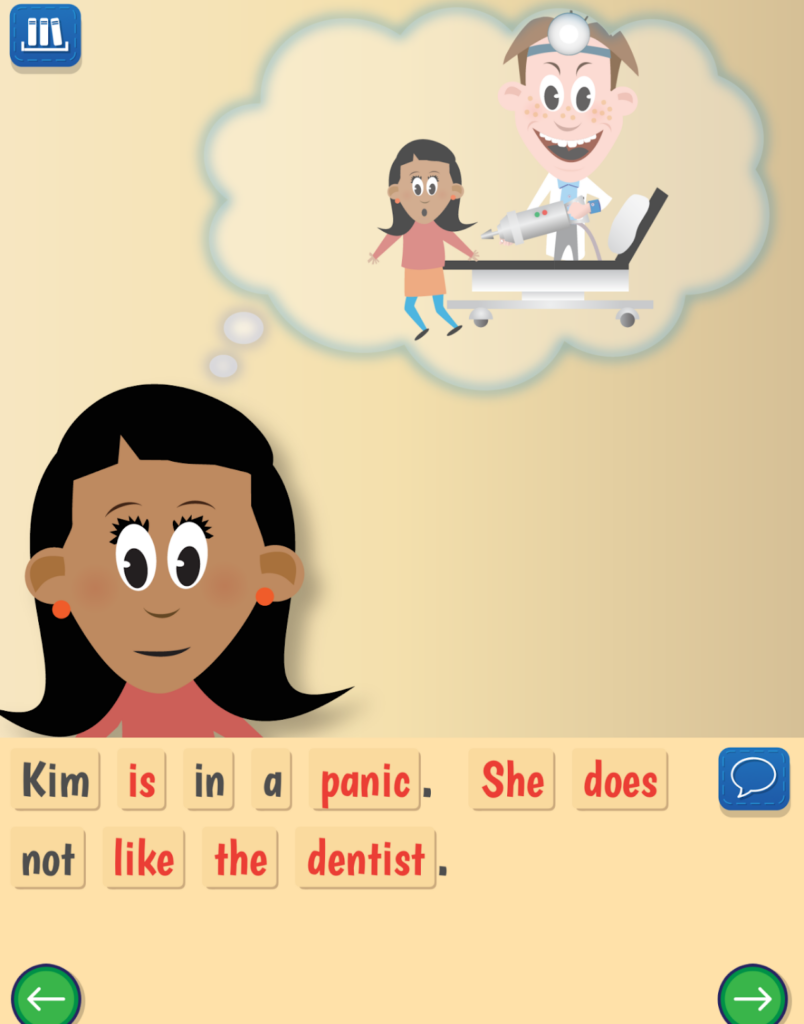Common Phonics Teaching Mistakes and How to Avoid Them
Sarah thought she was doing everything right. She bought colorful phonics workbooks, downloaded popular reading apps, and spent hours each evening helping her six-year-old son with letter sounds. Yet after months of effort, he still struggled to read simple words and grew increasingly frustrated during their practice sessions. What Sarah didn’t realize was that despite her best intentions, she was making several common phonics teaching mistakes that actually hindered his progress rather than helped it.
This scenario plays out in countless homes and even some classrooms where well-meaning adults unknowingly use ineffective methods that can set children back in their reading development. The good news? These mistakes are entirely preventable when you understand what to look for and how to implement evidence-based approaches instead.
Teaching Letter Names Before Letter Sounds
One of the most widespread errors in early phonics instruction involves teaching children letter names before they learn letter sounds. Many parents and educators naturally start with the alphabet song and focus on helping children identify letters by name, assuming this provides a solid foundation for reading. However, research consistently shows that letter-sound knowledge is far more predictive of reading success than letter-name knowledge.
When children learn that the letter “B” is called “bee,” they often struggle to understand why it makes the /b/ sound in words like “bat” or “big.” This confusion can actually delay reading development because children must mentally translate from letter names to letter sounds every time they encounter text.
The solution is straightforward: prioritize letter sounds over letter names in early instruction. Teach children that the letter “m” says /m/ as in “mom,” not that it’s called “em.” Once children master letter sounds and begin reading successfully, letter names become much easier to learn and cause less interference with decoding processes.
The Scattered Approach: Lack of Systematic Progression
Perhaps the most damaging mistake in phonics instruction is the absence of systematic progression. Many parents and teachers jump randomly between different phonics concepts, teaching whatever seems interesting or fun on any given day. This scattered approach leaves children with gaps in their knowledge and prevents them from building the solid foundation they need for reading success.
Effective phonics instruction follows a carefully planned sequence that builds from simple to complex concepts. Children should master short vowel sounds before learning long vowels, understand single consonants before tackling blends, and practice simple three-letter words before attempting longer, more complex patterns. This systematic approach ensures that each new skill builds upon previously mastered concepts.
Over-relying on Context Clues and Picture Prompts
Many reading programs and well-meaning adults encourage children to use context clues, pictures, and first-letter guesses to figure out unknown words. While these strategies might help children appear to read in the short term, they actually prevent the development of strong decoding skills that children need for long-term reading success.
When children rely on guessing strategies instead of systematic decoding, they develop problematic reading habits that become increasingly difficult to overcome. They might successfully navigate simple picture books by using visual cues and memorization, but they’ll struggle significantly when they encounter more complex texts without supportive illustrations.
The science of reading clearly shows that strong readers decode words automatically and accurately rather than guessing based on context or pictures. Children need explicit instruction in systematic decoding strategies that allow them to read any word they encounter, regardless of context or visual supports. This means teaching them to blend letter sounds from left to right, segment words into individual phonemes, and apply phonics rules consistently.
Rushing Through Foundational Skills
In our achievement-oriented culture, many parents and educators feel pressure to move children through phonics instruction as quickly as possible. This rush to advance often leads to skipping crucial foundational skills or moving to new concepts before children have truly mastered previous ones. The result is a shaky foundation that creates ongoing reading difficulties.
Children need extensive practice with each phonics concept before moving to the next level. Some children might master short vowel sounds after a few weeks of practice, while others need several months of consistent reinforcement. This variation is completely normal and doesn’t indicate any problem with the child’s ability to learn.
The most effective approach involves careful assessment of each child’s mastery before introducing new concepts. Children should be able to quickly and accurately identify letter sounds, blend simple words, and apply phonics patterns in various contexts before progressing to more complex skills. This solid foundation actually accelerates future learning because children can build new skills upon truly mastered previous knowledge.
Inconsistent Practice and Mixed Messages
Another critical mistake involves inconsistent practice patterns and mixed messages about reading strategies. When children receive different types of phonics instruction at school and home, or when practice sessions are sporadic and unpredictable, their learning suffers significantly. Consistency is crucial for developing automatic phonics skills that support fluent reading.
Many families start phonics practice with great enthusiasm, but gradually reduce frequency as other activities compete for time and attention. However, developing automatic letter-sound knowledge requires consistent, repeated practice over extended periods. Sporadic practice sessions are far less effective than brief, consistent daily activities.
Mixed messages about reading strategies can be particularly confusing for children. If school instruction emphasizes systematic decoding while home practice focuses on sight word memorization or guessing strategies, children receive conflicting information about how reading works. This confusion can significantly delay progress and create frustration for both children and adults.
The solution involves establishing consistent daily practice routines and ensuring that all adults involved in the child’s reading instruction use compatible approaches. Even fifteen minutes of daily systematic phonics practice is more effective than longer, inconsistent sessions. Communication between home and school helps ensure that children receive consistent messages about effective reading strategies.
Parents should also be aware of the instructional approaches used in their child’s school and seek clarification when different methods seem to conflict. While some variation in teaching techniques is normal, the underlying principles should remain consistent and evidence-based.
Neglecting Multisensory Learning Opportunities
Many phonics instruction programs rely heavily on visual activities, such as worksheets, flashcards, and computer programs, while neglecting multisensory approaches that can significantly enhance learning for many children. Research shows that incorporating visual, auditory, and kinesthetic elements into phonics instruction helps children develop stronger and more durable letter-sound associations.
Effective multisensory phonics instruction might include activities like tracing letters in sand while saying their sounds, using hand motions to represent different phonemes, or incorporating movement games that reinforce phonics patterns. These activities engage multiple learning pathways and can be particularly beneficial for children who struggle with traditional pencil-and-paper activities.
The key is to maintain systematic progression while incorporating multisensory elements that support learning rather than distract from it. Activities should reinforce specific phonics concepts rather than simply providing general sensory experiences. For example, having children tap out the individual sounds in words while blending them aloud combines auditory, kinesthetic, and visual learning in a way that directly supports decoding skill development.
Build Reading Success Through Evidence-based Instruction
Avoiding these common phonics teaching mistakes doesn’t require expensive programs or specialized training. It simply requires understanding the principles of effective phonics instruction and consistently applying evidence-based approaches. Systematic progression, consistent practice, focus on decoding skills, and multisensory learning opportunities form the foundation of successful phonics instruction.
The investment you make in evidence-based phonics instruction today will pay dividends throughout your child’s academic career and beyond. Strong phonics skills open doors to confident, independent reading that supports learning across all subject areas and creates lifelong opportunities for growth and discovery.













